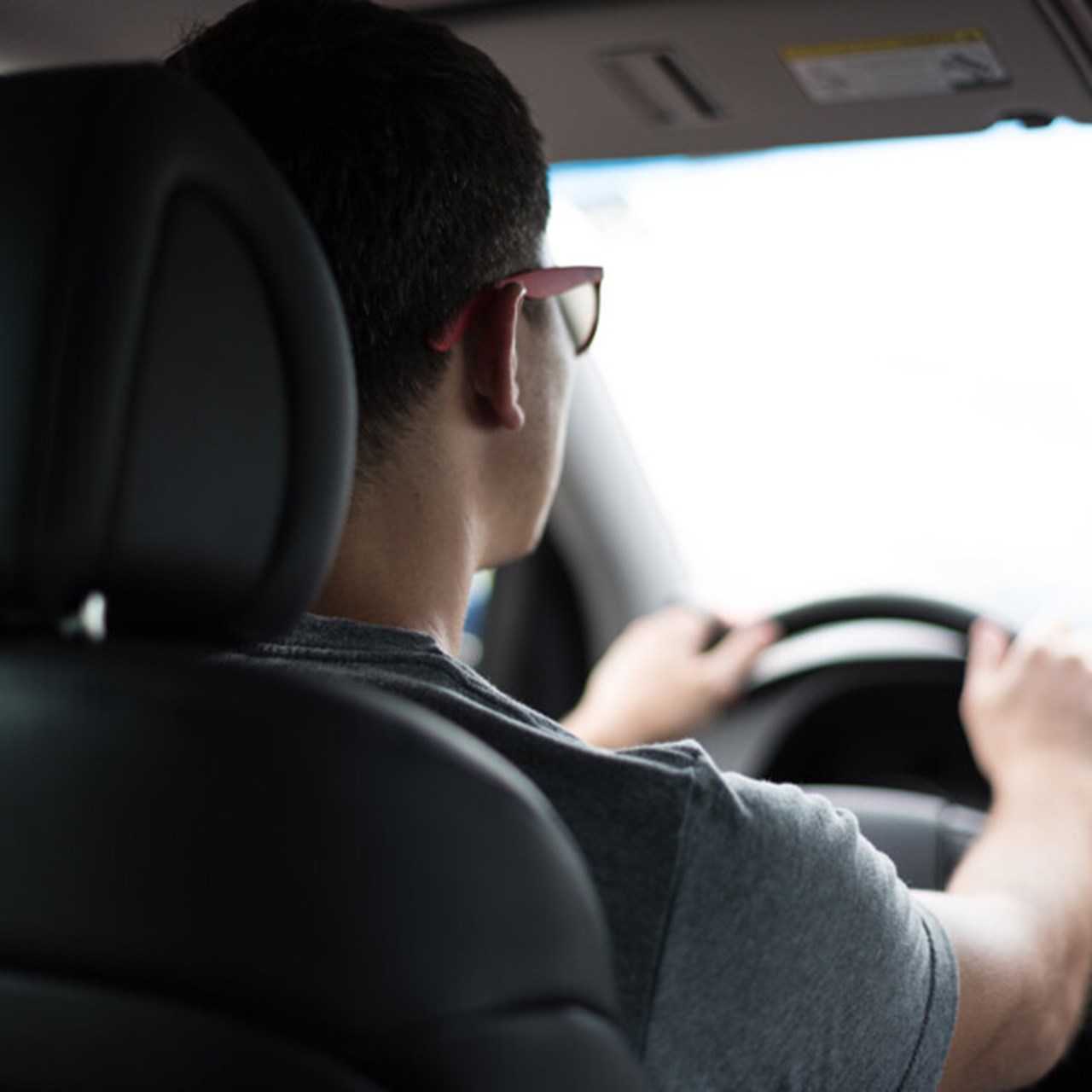
“The best thing about IDS is the mixed disciplines”
PROFILE Johan Iraeus defended his doctoral thesis at Umeå University’s IDS in 2015. Now he is working at Chalmers University of Technology where he is involved in biomechanical research specialising in preventing and mitigating vehicle collision injuries.


